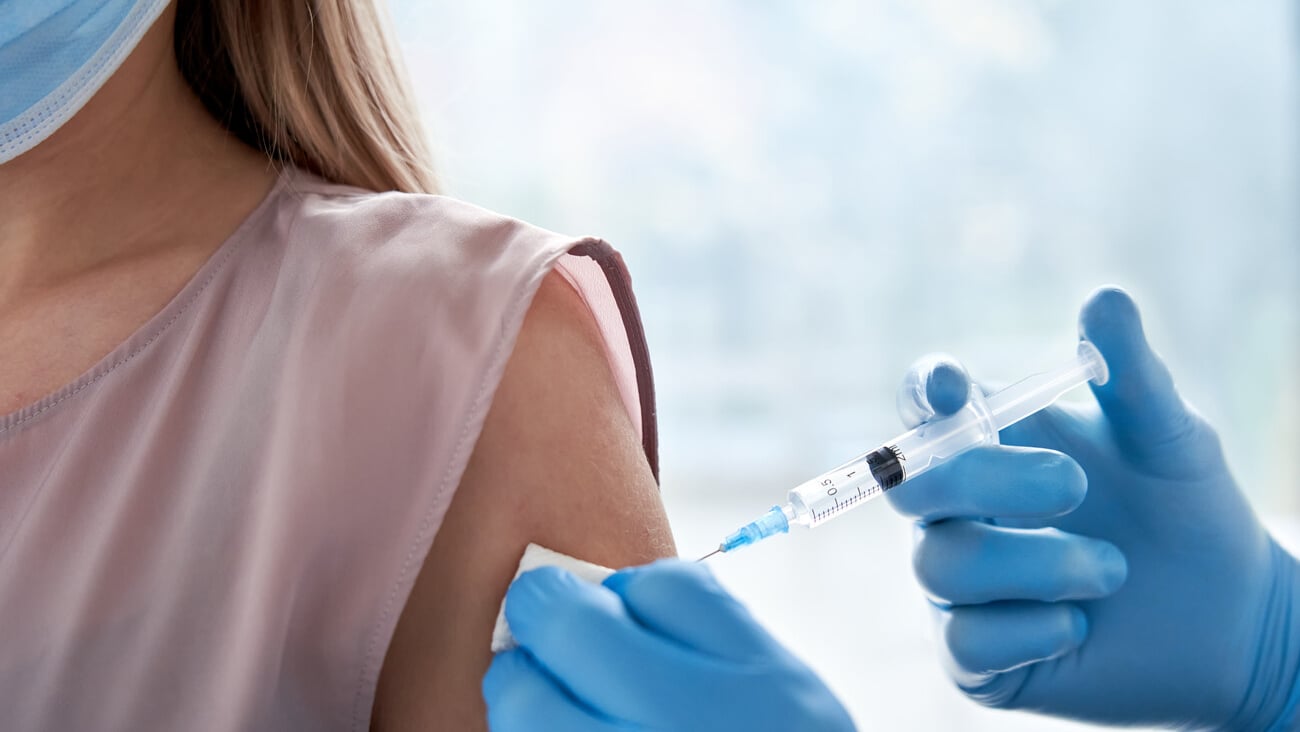What California pharmacists should keep in mind when prescribing PrEP
Continuing the state’s progressive actions regarding health care, California Governor Gavin Newsom recently signed SB159, which authorizes California’s retail pharmacists to prescribe and dispense medication as a critical tool in the fight to control the HIV epidemic. Pre-exposure prophylaxis, or PrEP, medications — which include Truvada — are indicated for people who do not have HIV, but are at high risk of contracting it. By taking PrEP medication every day, a patient significantly reduces the risk of contracting the virus that causes HIV.
This represents another step to reduce the costs of healthcare delivery. It also recognizes that with the shortage of general medicine doctors, family practice doctors and other barriers, many patients may be foregoing prevention, thereby costing the state millions of dollars in treatment of HIV infection.
This new law also presents a critical opportunity for pharmacists — as the most accessible healthcare providers in our communities — to address an increasingly dangerous public health problem.
While it is an advantage to be able to provide PrEP drugs to prevent HIV, pharmacists must be aware that patients receiving it often fail to use other safe sex practices, such as condoms and lubricants. PrEP drugs can help prevent HIV, but they do nothing to combat other sexually transmitted diseases.
Pharmacists need to understand that the ability to take PrEP often results in patients not using other safer sex practices, and as a result, we are seeing tremendous increases in the rates of syphilis, gonorrhea, chlamydia and other sexually transmitted infections across the country, according to a Kaiser Permanente Health Foundation study published in the Journal of Acquired Immune Deficiency Syndromes in January 2017. The study found that cumulative incidence rates for any STI among men taking PrEP was 42%. Additionally, within the public health community, there is increasing awareness of the growing problem of antibiotic-resistant strains of STIs, especially in women. Pharmacists must strongly emphasize continued use of condoms and lubricants to reduce comorbidity.
Fortunately, the new law requires those seeking PrEP medication to either be tested for HIV or show that they have tested negative within the last seven days. If the person has tested positive, the pharmacist will direct them to a primary care provider and offer a list of nearby clinics. And pharmacists are only allowed to prescribe a 60-day supply, after which patients must obtain a prescription from a credentialed medical prescriber.
This new law follows California legislation passed four years ago, which permits pharmacists to dispense naloxone, immunizations, drugs for smoking cessation, meds for foreign travel, birth control pills and injectables, emergency contraception, and behind-the-counter meds that contain pseudoephedrine.
Thanks to the California Pharmacists Association, led by CEO Jon Roth, the problem of pharmacist reimbursement for these and other new services is being addressed. When reimbursement is adequately managed, pharmacists can expand the vital frontline public health role we are only beginning to fulfill. For example, in 2018, 42% of the flu shots in the United States were given by pharmacists, saving millions of lives.
Pharmacists are uniquely positioned to help reduce STIs among patients using PrEP medications. We are the most available, accessible healthcare professionals, and we are second only to registered nurses as the most trusted.
We have an unparalleled opportunity to dramatically improve public health — in a growing variety of ways. Let’s make 2020 the year of the public health pharmacist.
Fred Mayer is a public health pharmacist and CEO of Pharmacists Planning Services.





